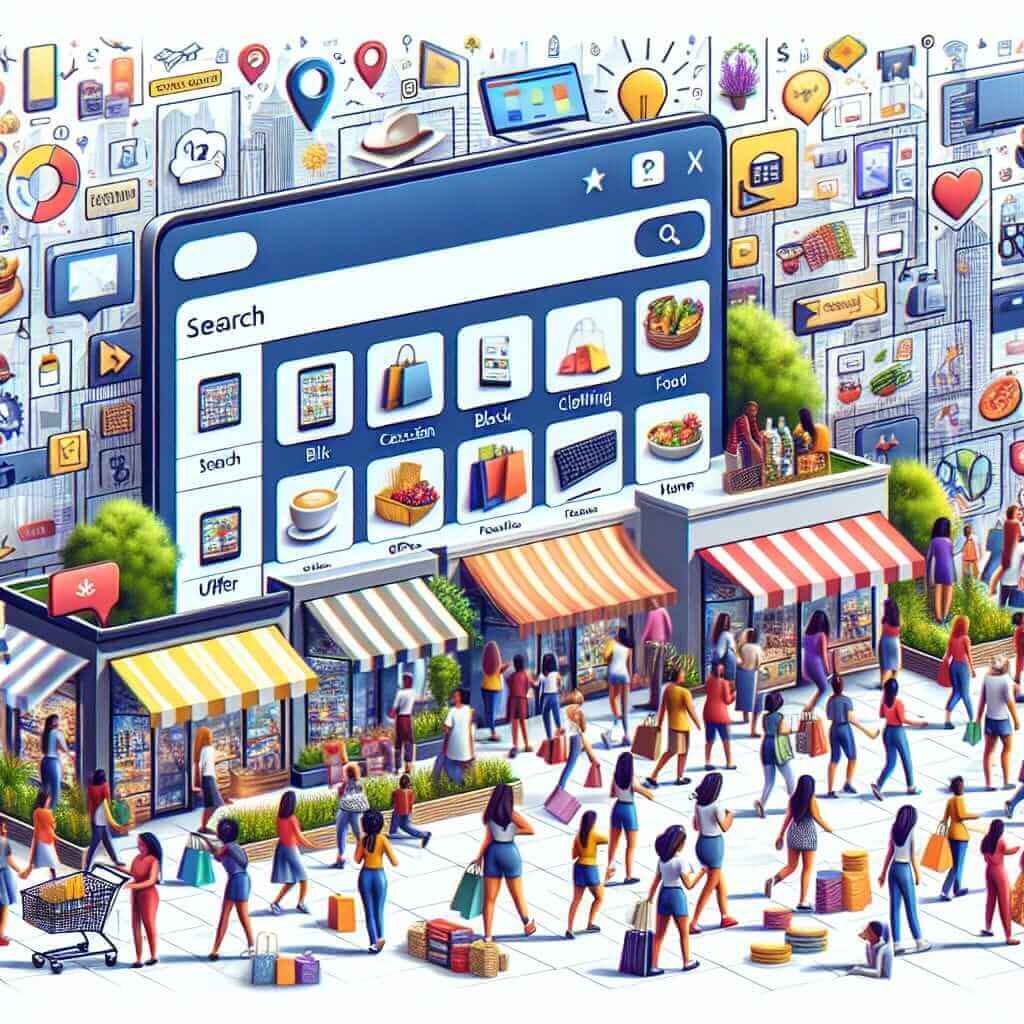The IELTS Reading section tests your ability to read and understand various kinds of academic texts. One popular and current topic that may appear on the exam is “How does the rise of e-commerce influence consumer behavior?” This subject is relevant due to the significant changes in shopping habits brought about by the growth of online marketplaces. By understanding this, you will not only be well-prepared for potential reading passages but also engage in a critical, contemporary issue that reflects modern societal changes. Examining historical IELTS tests indicates that lifestyle and societal shifts often occur as recurring themes.
The Rise of E-Commerce and Its Impact on Consumer Behavior
E-commerce has transformed the way consumers interact with businesses and make purchase decisions. From the convenience of online shopping to personalized marketing, consumers’ buying patterns have dramatically shifted.

Reading Passage: E-Commerce and Consumer Behavior
Title: The Revolutionary Influence of E-commerce on Modern Consumer Behavior
In today’s rapidly advancing digital world, e-commerce has become an indispensable part of our daily lives. The rise of online marketplaces has not only altered the way we shop but also how we think about purchasing decisions.
Historical Context:
The concept of e-commerce began gaining traction in the late 1990s. By the early 2000s, giants such as Amazon and eBay had already established a dominant presence. Fast forward to today, online shopping has permeated every aspect of consumer life, from groceries to luxury items.
Consumer Accessibility and Convenience:
One of the most significant impacts of e-commerce is the sheer convenience it offers. Consumers can shop from the comfort of their homes, without the need to visit a physical store. This convenience extends to the wide range of products available online, often at competitive prices, with the option of home delivery.
Personalized Shopping Experience:
E-commerce platforms often use data analytics to provide a personalized shopping experience. This means customized recommendations, targeted advertising, and an overall more engaging shopping journey for the consumer.
Consumer Trust and Security:
Initially, one of the barriers to the adoption of e-commerce was the lack of trust in online transactions. Thanks to advancements in cybersecurity and robust e-payment systems, consumers now have more confidence in making online purchases, which in turn has boosted the popularity of e-commerce.
Environmental Considerations:
The convenience of online shopping comes with its own set of environmental challenges. The increase in packaging waste and carbon emissions from delivery logistics has prompted consumers and companies to adopt more sustainable practices.
Future Implications:
As technology continues to evolve, so will the e-commerce landscape. Augmented reality (AR) and virtual reality (VR) are poised to provide even more immersive shopping experiences, potentially revolutionizing consumer behavior further.
Questions
Question 1: Multiple Choice
Which of the following best describes the main idea of the reading passage?
a) E-commerce has completely replaced traditional shopping.
b) E-commerce has significantly changed consumer behavior.
c) Environmental challenges are a major concern for e-commerce.
d) E-commerce is primarily driven by technology companies.
Question 2: True/False/Not Given
- E-commerce has made it more difficult for consumers to trust online transactions.
- The use of data analytics in e-commerce leads to a personalized shopping experience.
- AR and VR are already widely used in e-commerce.
Question 3: Sentence Completion
Complete the sentences using no more than two words from the passage.
- One major advantage of e-commerce is the _____ it offers.
- Early concerns about online shopping included _____ in transactions.
Answer Key and Explanations
Question 1:
b) E-commerce has significantly changed consumer behavior.
Explanation: The primary focus of the passage is on how e-commerce has influenced and changed the way consumers behave.
Question 2:
-
False
Explanation: The passage states the opposite; trust in online transactions has increased. -
True
Explanation: The passage explicitly mentions that data analytics is used to offer a personalized shopping experience. -
Not Given
Explanation: The passage states that AR and VR are poised to revolutionize shopping, but does not mention they are already widely used.
Question 3:
-
convenience
Explanation: The passage notes “the sheer convenience it offers” as a significant impact of e-commerce. -
trust
Explanation: The passage highlights that “the lack of trust” was an initial barrier to the adoption of e-commerce.
Common Mistakes
- Skimming Too Quickly: While skimming can be useful, ensure you grasp the main idea.
- Ignoring Keywords: Keywords in the question often find their counterparts in the passage.
- Misinterpreting Information: Ensure you understand the context in which certain information is presented.
Vocabulary
- Indispensable (Adjective) | /ˌɪndɪˈspensəbl/ | Absolutely necessary
- Permeated (Verb) | /ˈpɜː.mɪ.eɪt/ | Spread throughout
- Augmented reality (Noun) | /ɔːɡˈmentɪd rɪˈæləti/ | An interactive experience of a real-world environment
Grammar Focus
Relative Clauses:
Relative clauses, commonly used in complex sentences to provide additional information, are often found in the reading passages.
Example:
- The rise of online marketplaces, which has transformed shopping habits, shows no signs of slowing down.
Tips for Improving Your Reading Score
- Practice Regularly: Practice with a variety of texts and question types.
- Expand Vocabulary: A broad vocabulary helps in understanding and interpreting complex texts.
- Check Answers Carefully: Always check your answers and the explanations to understand your mistakes.
Conclusion
Preparing for the IELTS Reading section requires a combination of widespread reading, comprehension skills, and familiarity with various question types. Understanding contemporary topics like the rise of e-commerce and its influence on consumer behavior can provide a significant boost to your preparation. Happy studying!
For further reading, check out our related article on the impacts of digital transformation on consumer behavior here.